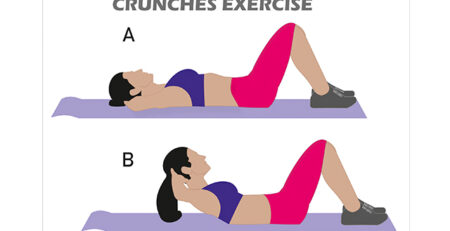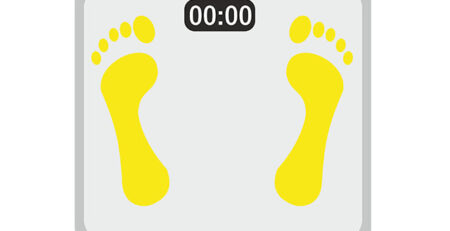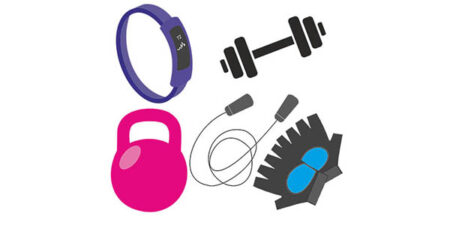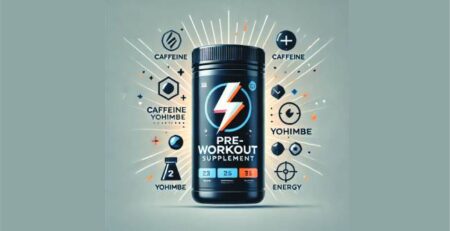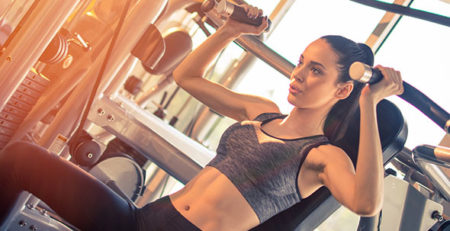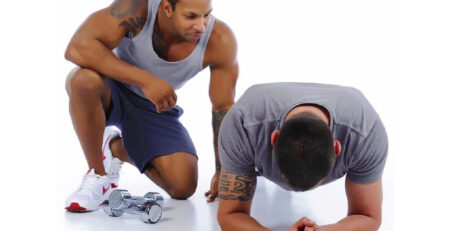How to do squats?
Squats are the most popular and one of the vital strength exercises for overall lower body development especially thighs. Squat engage the core muscles isometrically, especially the erector spinae (spine) to stabilize the upper body during the movement. It is one of the staple exercises in most of the recreational and aerobics exercises. Therefore, you should know how to do squats.
Learn how to do squats step by step:
- Make a stable and solid grip so better do it with a flat shoe or barefoot.
- Look straight by making a point just in front of your eyes and focus that point during squatting to maintain a stable posture.
- Keep your shoulders and lower back straight by avoiding the curve of the lower back and your posterior shoulders.
- Activate all your core muscles which will prevent your lower back from the stress and it will also support your lifting.
- Avoid overweight and rather focus on resistance and tension on thigh muscles.
- Lower down slowly and go as far as you reach an 80-90 degree angle of your calves and hamstrings.
The images below which will show you how to do squats in the right manner to avoid injuries and to get the best results:
Right position to hold the bar:

Side view of the position:

There many types of squats & muscle worked:
Regular Squat:
Targets all the thigh muscles and glutes.
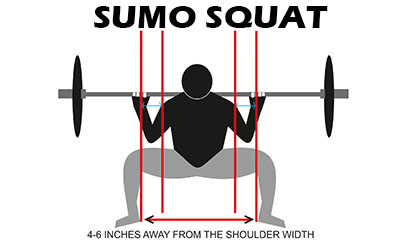
Targets all the thigh muscles and glutes, places more emphasis on the inner thigh adductors, which move your legs in toward your body, according to ACE (American Council of Exercise).
Depending on your core strength, you may also find sumo squats an additional challenge to your balance, as you’re putting your body into a new alignment and need stability to keep from rocking forward or back on your heels.
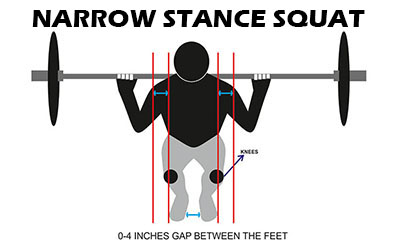
Targets all the thighs and glutes muscles with an emphasis on abductor and quads.

Targets all the thighs and glutes muscles with an emphasis on quadriceps.
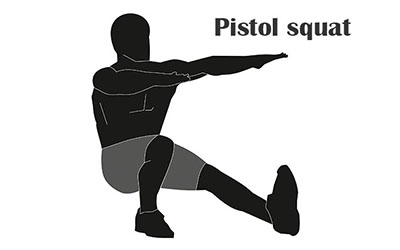
It creates more tension on thigh muscles and glutes than regular squats but it creates tension on the ankle as well.
Smith machine squat
Smith machine squat isolates the thighs muscles due to the reason that the core is supported by the machine and it puts less stress than the regular barbell squat. For this reason, you can focus more on the squatting. They are also safer and prevent major injuries. The cushioning also makes it more comfortable than squats.
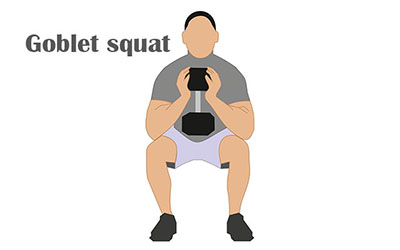
It targets the thighs muscles and besides, it also works on your arms and shoulders. They are the best type of squat for beginners due to the reason that it prevents you from the injuries which you may get normally from a barbell squat. They are a good option to prepare yourself for a heavy barbell squat.
Benefits of squats:
Increase testosterone:
Few studies have shown that squats increase our production of natural testosterone and growth hormones most likely due to the stress that occurs on high demand for movement and forces during the exercise.
Improve core strength:
Squats improve core strength when performed correctly. The squat movement put stress on almost all the core muscles which support during this movement. Which helps in core development and also maintain the right posture.
Burns fat:
The squat is one of the exercises which require lots of energy due to the reason that it engages many muscles all together and due to the squatting movement it increases a lot of oxygen requirement which increases the heart rate as well and hence burns lots of calories.
Suggestion:
Once you learn how to do squats with a natural stance then you should try a wider stance also. Wider stance activates the glutes to the greater degree by allowing greater posterior displacement of the hips comparative to narrow squats when depth is reached, according to the research from the University of Abertay. In Dundee, Scotland.
Wider stance produces a larger hip extension than narrow stance squats. Wider squats have been shown to produce greater abduction and adduction, with greater internal and external rotation of the femur during the lift than narrow squats.



